In Japan, midsummer holds a special place in cultural traditions. There are 18 days designated as midsummer days. During this period, people exchange summer greeting cards. Among these days, two are known as the “Doyo no Ushi” named after one of the 12 animals in the Chinese zodiac. Typically, the Doyo no Ushi occurs twice, once at the end of July and again at the beginning of August. Although the exact dates change yearly, one always falls in July and the other in August. This year, they occur on July 21st and August 2nd.
Origin
The tradition of this day dates back to the Edo Period. According to one story, an eel restaurant owner noticed an increase in eel orders one summer. He prepared eel over several days, but the eel served on the Doyo no Ushi tasted the best. He concluded that this day was ideal for broiling and serving eel. Another popular legend involves an eel restaurant owner who struggled with low sales. Seeking advice, he consulted a famous scholar who suggested advertising eel on the “doyou-no ushi-no hi” (Midsummer Day of the Ox). At that time, people believed consuming foods containing the letter “u” helped them beat the summer heat. Following this advice, the owner’s business thrived, and the custom of eating eel on these days began.
Why Eel is Eaten on the Midsummer Day of the Ox?
On the Midsummer Day of the Ox, people enjoy broiled eel, known as “unagi.” But why eel? It is believed that eating eel provides the stamina and strength needed to endure the hottest part of the year. Eel is rich in vitamins such as B12, D, and E, which are beneficial during the summer. Some even claim that consuming eel helps with weight loss, though this has not been scientifically proven.
The Cost of Enjoying Unagi
The price of unadon, a dish of eel with rice, varies greatly. At the restaurant Yoshinoya, the cheapest unadon costs around 550 yen. However, at more upscale establishments like Idumoya, the price can soar to 2940 yen or more! In these high-end restaurants, unadon is often called “unajyu” and is served in a square lacquered box. Whether you prefer the affordable or the luxurious option, both can be equally delicious, depending on your taste and the type of dining experience you seek.

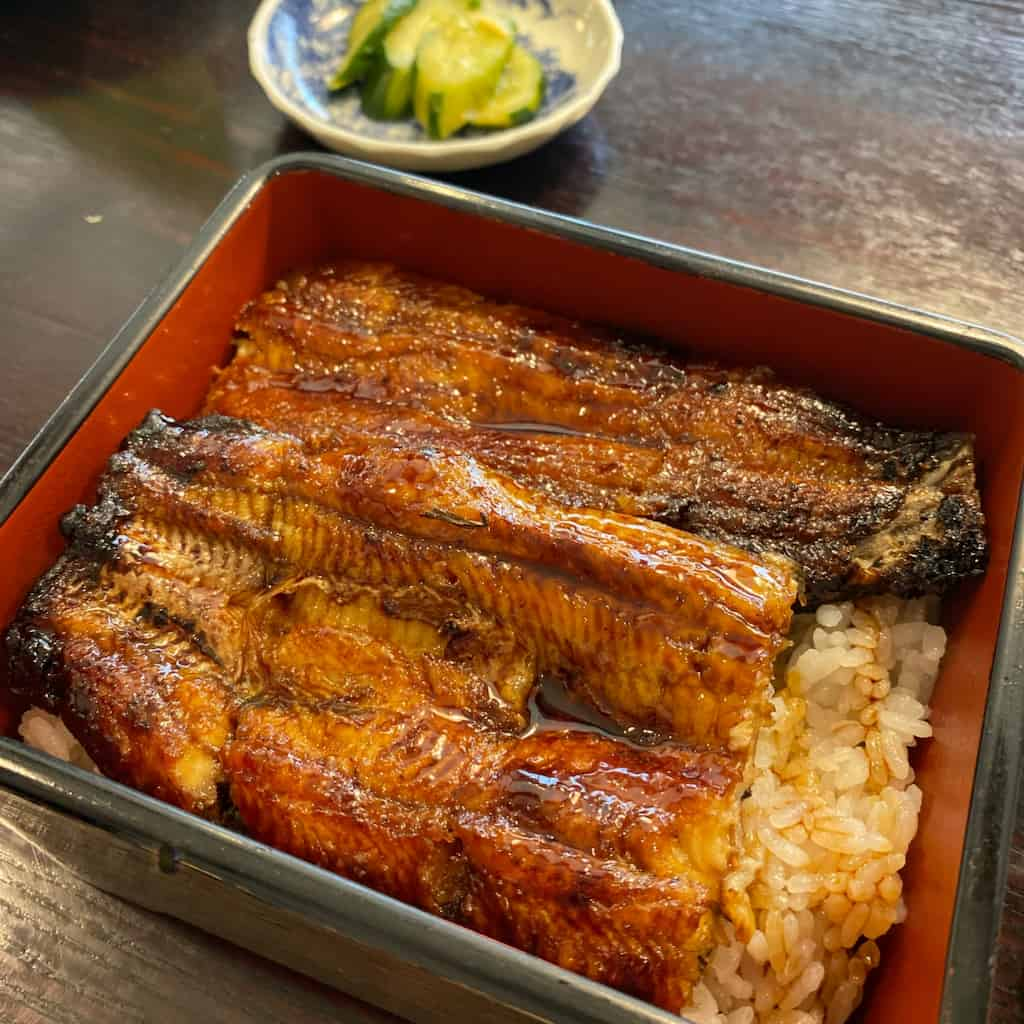
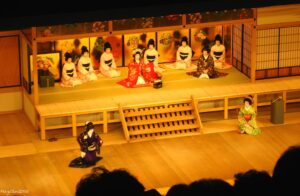


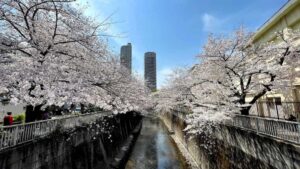
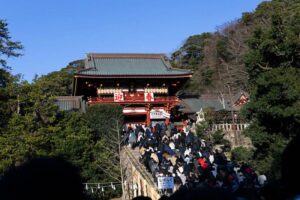
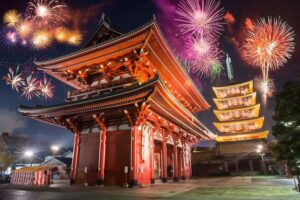
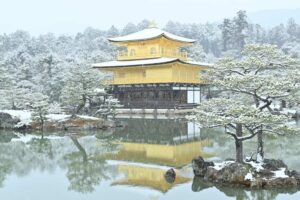
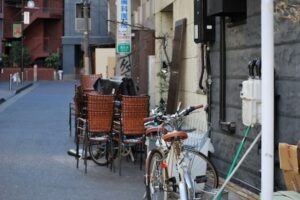
Comments